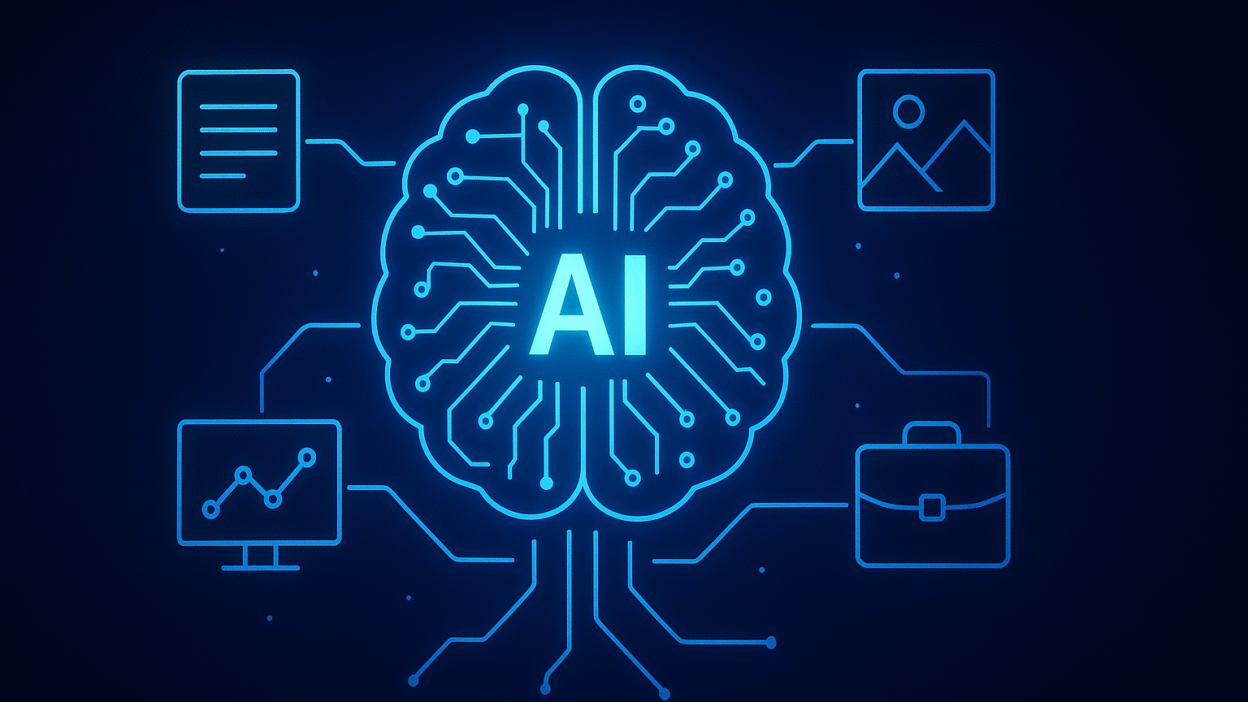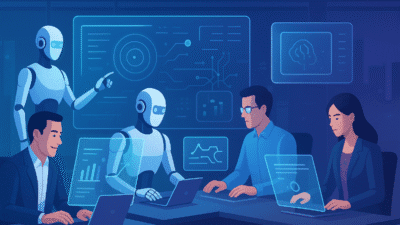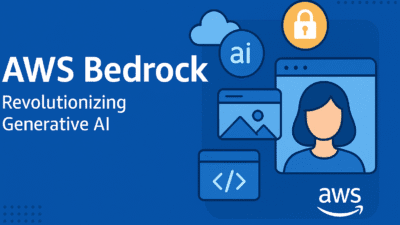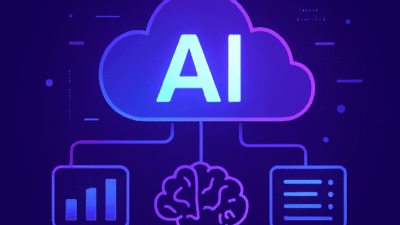Generative AI has evolved from being a novelty in 2020 to a driving force of innovation in 2025. While early tools like GPT and image generators amazed users with text and art creation, today’s generative AI goes far beyond that. It is transforming industries, redefining work, and pushing the boundaries of creativity.
Generative AI in Business
Businesses now rely on generative AI for automating content creation, drafting marketing campaigns, and even generating personalized customer experiences. Instead of manually writing product descriptions, AI can generate unique, SEO-friendly content tailored to customer intent.
Generative AI in Software Development
Developers use AI-powered coding assistants that go beyond autocomplete. These tools can generate entire codebases, suggest architecture improvements, and even test applications automatically. This has shortened development cycles drastically and empowered small teams to compete with larger organizations.
Generative AI in Design & Media
From movie scripts to 3D game assets, generative AI tools now collaborate with human creators. Designers use AI to produce realistic textures, video clips, and even soundscapes. In 2025, film studios are experimenting with AI-generated visual effects to cut costs while enhancing creativity.
Ethical Considerations
With power comes responsibility. Deepfakes, misinformation, and job displacement remain pressing challenges. Governments and organizations are working on frameworks to regulate AI usage while ensuring innovation isn’t stifled.
The Future Outlook
Generative AI is shifting from being a supportive tool to a co-creator. By 2030, it’s predicted that AI will generate not just text or visuals but fully immersive virtual environments for gaming, education, and social interaction.
Conclusion
Generative AI in 2025 is more than hype — it’s a revolution reshaping industries, creativity, and human-machine collaboration. Those who learn to work with AI rather than against it will unlock limitless opportunities.

